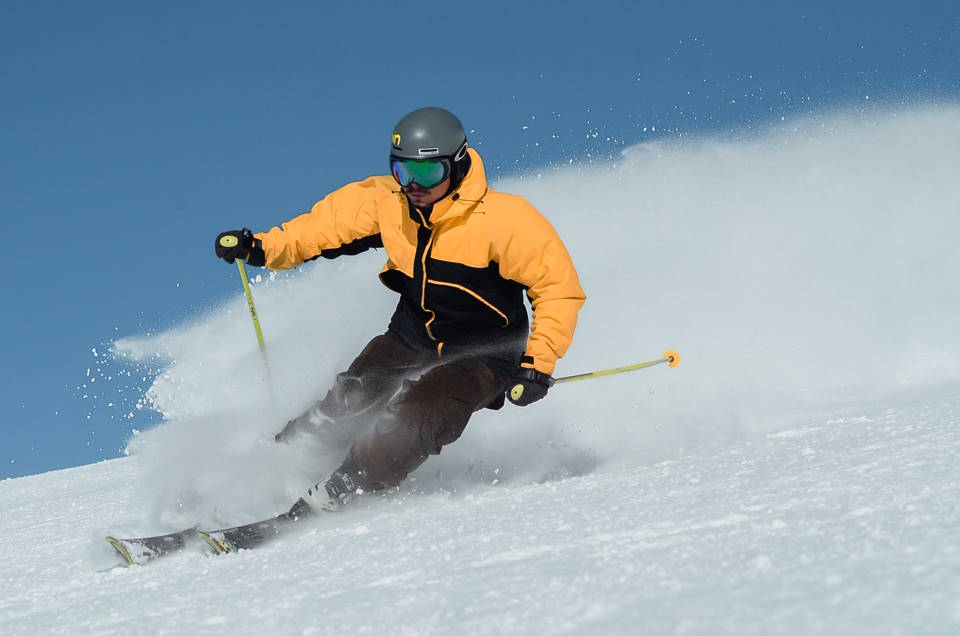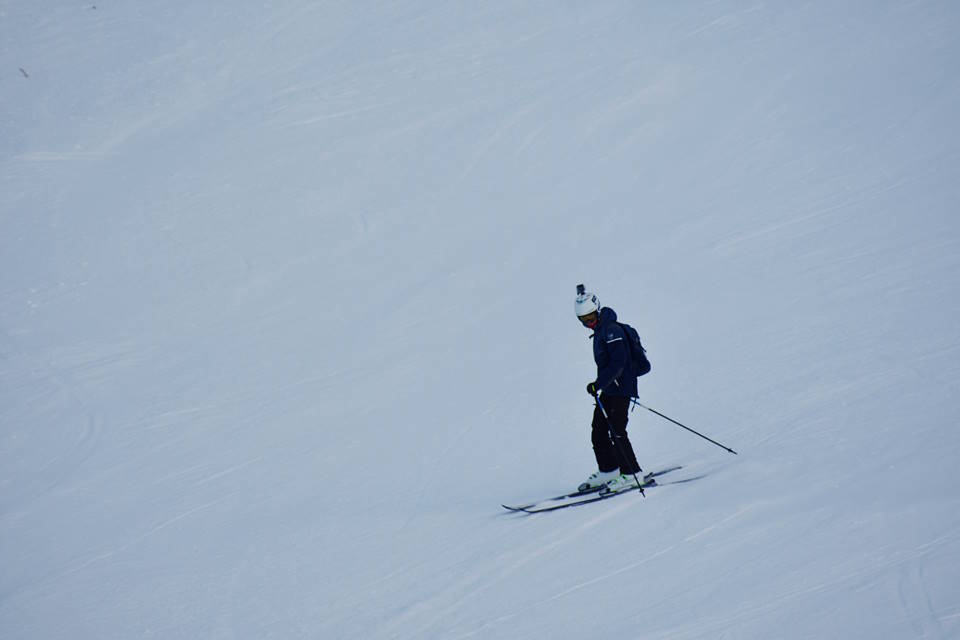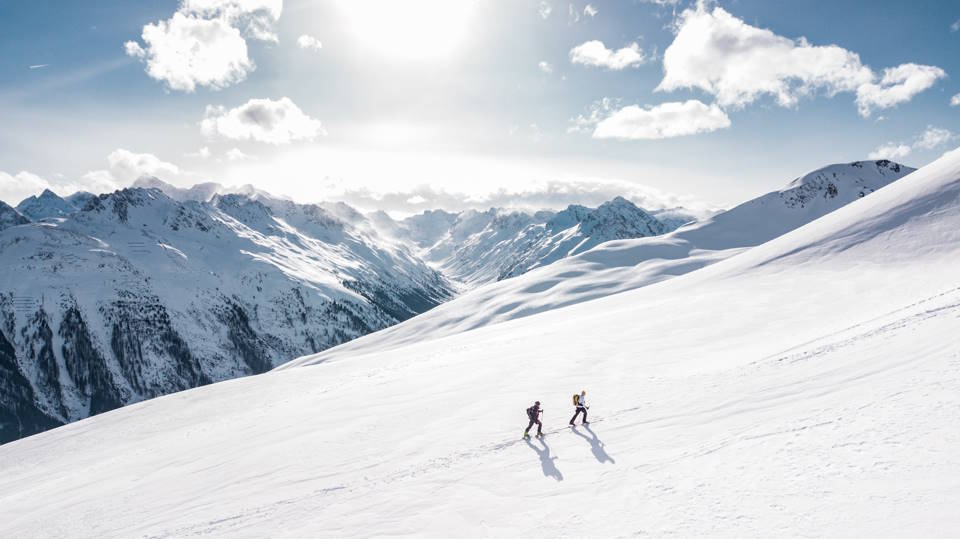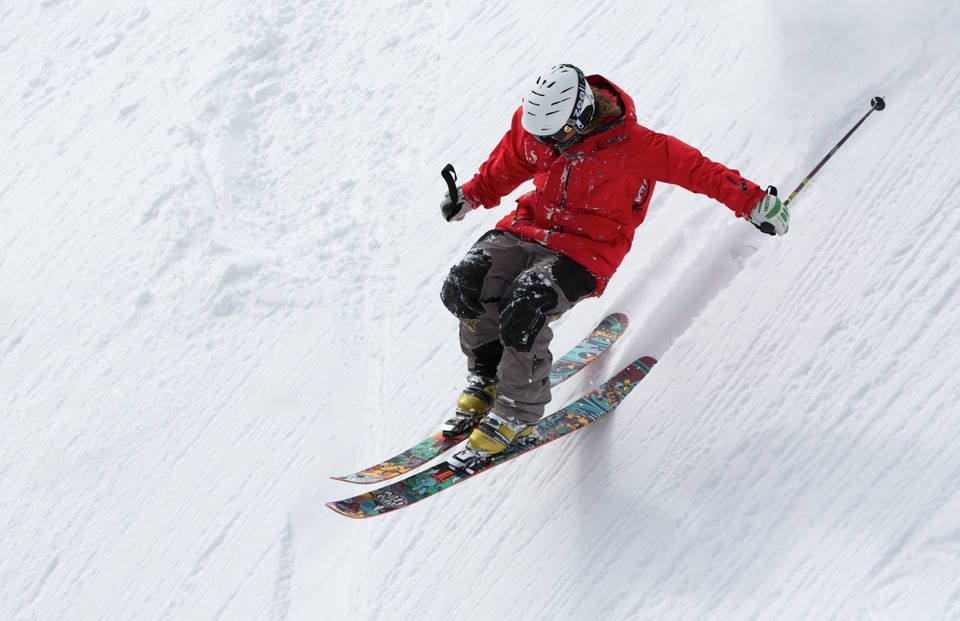Are you an avid skier looking to take your skiing experience to the next level? Have you ever considered using trekking poles for skiing? In this blog post, we’ll explore the possibilities of using trekking poles for skiing and discuss the differences between trekking poles and traditional ski poles. We’ll also delve into the benefits of using trekking poles for skiing and provide some useful techniques for incorporating them into your skiing routine. Additionally, we’ll offer some helpful tips for choosing the right trekking poles specifically for skiing. So, if you’re curious about whether trekking poles can enhance your skiing performance and overall experience, keep reading to find out more!Discover the benefits of using trekking poles for skiing, learn techniques for using them, and get tips for choosing the right ones. Perfect for all ski enthusiasts!
Understanding How Trekking Poles Differ From Ski Poles

When it comes to outdoor activities like hiking and skiing, having the right equipment is crucial for a safe and enjoyable experience. One piece of equipment that is often used for both hiking and skiing is a trekking pole. However, it’s important to note that trekking poles and ski poles are not the same, and each serves a different purpose.
First and foremost, the design of trekking poles and ski poles is different. Trekking poles typically have a handle, wrist strap, and a pointed tip, while ski poles have a grip, strap, and a disk-shaped basket near the tip. The design of trekking poles is meant to provide stability and support while hiking on uneven terrain, whereas ski poles are designed to help skiers maneuver and maintain balance on the slopes.
Another key difference between trekking poles and ski poles is their intended use. While trekking poles are primarily used for hiking and backpacking, ski poles are specifically designed for skiing and snowboarding. This means that the materials and construction of each type of pole are optimized for their respective activities, with trekking poles being more lightweight and flexible, and ski poles being more durable and rigid.
Additionally, the length and adjustability of trekking poles and ski poles are also different. Trekking poles are typically adjustable in length to accommodate varying terrain and comfort preferences, while ski poles are generally a fixed length, with some having the ability to adjust within a limited range. This difference is due to the specific needs of each activity, with hiking often requiring flexibility in pole length for different types of terrain, and skiing requiring consistent pole length for proper technique.
Benefits Of Using Trekking Poles For Skiing

When it comes to hitting the slopes for a day of skiing, trekking poles may not be the first piece of equipment that comes to mind. However, using trekking poles while skiing can offer numerous benefits that many skiers may not be aware of. One of the primary benefits of using trekking poles for skiing is the added stability and balance that they provide. By planting the poles in the snow and using them to push off, skiers can maintain better control and reduce the risk of falls, especially on steep or challenging terrain.
Another significant benefit of using trekking poles for skiing is the reduction of strain on the lower body. By distributing some of the workload to the upper body, skiers can alleviate pressure on their knees, hips, and ankles, which can help prevent fatigue and reduce the risk of injury. Additionally, using trekking poles can help improve overall endurance, as skiers can utilize their arms to propel themselves forward and maintain a consistent pace.
In addition to the physical benefits, trekking poles can also enhance the skiing experience by providing extra push and glide on flat sections of the slope. By using the poles to propel forward, skiers can conserve energy and maintain a smoother, more efficient ride. Furthermore, trekking poles can be especially beneficial for cross-country skiing, offering support and stability on uneven terrain.
Overall, the benefits of using trekking poles for skiing are numerous and diverse, making them a valuable tool for skiers of all levels. With improved stability, reduced strain on the lower body, enhanced endurance, and a more efficient skiing experience, trekking poles can significantly enhance the enjoyment and performance of any skier on the mountain.
Techniques For Using Trekking Poles While Skiing

When it comes to skiing with trekking poles, it’s important to understand the proper techniques to maximize their benefits. One technique is to use the poles to help with balance and stability, especially when navigating through uneven terrain or deep snow. By planting the poles firmly on the ground and using them to support your weight, you can prevent falls and minimize the impact on your joints.
Another useful technique is the double pole plant, where you simultaneously plant both poles in the snow to help propel yourself forward. This can be particularly helpful when skiing uphill or when you need extra power to push through challenging conditions. By mastering this technique, you can conserve energy and maintain a steady rhythm throughout your ski session.
In addition to using the poles for balance and propulsion, it’s also important to focus on your arm and pole placement. Keeping your arms bent at a 90-degree angle and positioning the poles slightly behind your body can help you generate more power and control as you ski. By practicing proper arm and pole movements, you can improve your overall performance on the slopes.
Lastly, it’s crucial to learn how to adjust the length of your trekking poles based on the type of terrain and the specific demands of your ski adventure. Whether you’re facing steep downhill descents or navigating through deep powder, being able to quickly and effectively adjust your pole length can enhance your agility and maneuverability, ensuring a more enjoyable and successful skiing experience.
Tips For Choosing The Right Trekking Poles For Skiing

When it comes to choosing trekking poles for skiing, there are a few key factors to consider. The first thing to think about is the material of the poles. Aluminum poles are a popular choice due to their durability and affordability, while carbon fiber poles are known for being lightweight and strong. Consider what type of skiing you will be doing and choose a material that best suits your needs.
Another important factor to consider is the grip of the poles. Most trekking poles for skiing come with a standard rubber grip, but some may have additional ergonomic features or extensions for different skiing techniques. It’s important to test out the grip of the poles to ensure they are comfortable and easy to hold onto, especially in cold and slippery conditions.
Additionally, pay attention to the length of the poles. The general rule of thumb is that when holding the poles upside down with the grips touching the ground, your elbows should be at a 90-degree angle. This ensures that the poles are the correct height for your body and skiing style. Some poles also come with adjustable features, allowing you to change the length based on different skiing terrains and conditions.
Finally, consider any additional features that may be important to you. This could include shock absorption systems, snow baskets, and anti-icing coatings. These features can enhance your skiing experience and provide added safety and comfort on the slopes. By carefully considering these factors, you can choose the right trekking poles for skiing that will best suit your needs and enhance your overall performance on the mountain.




